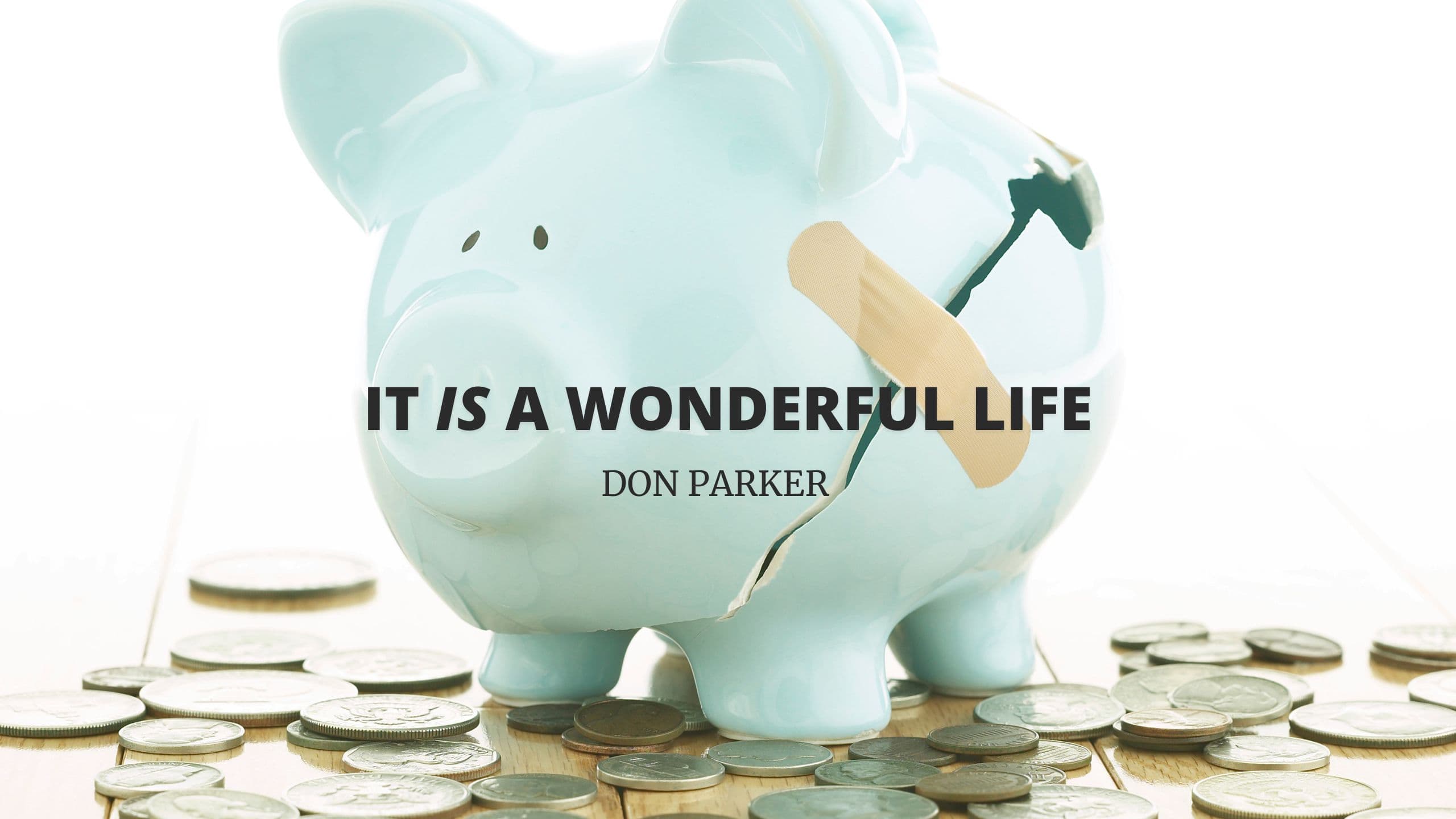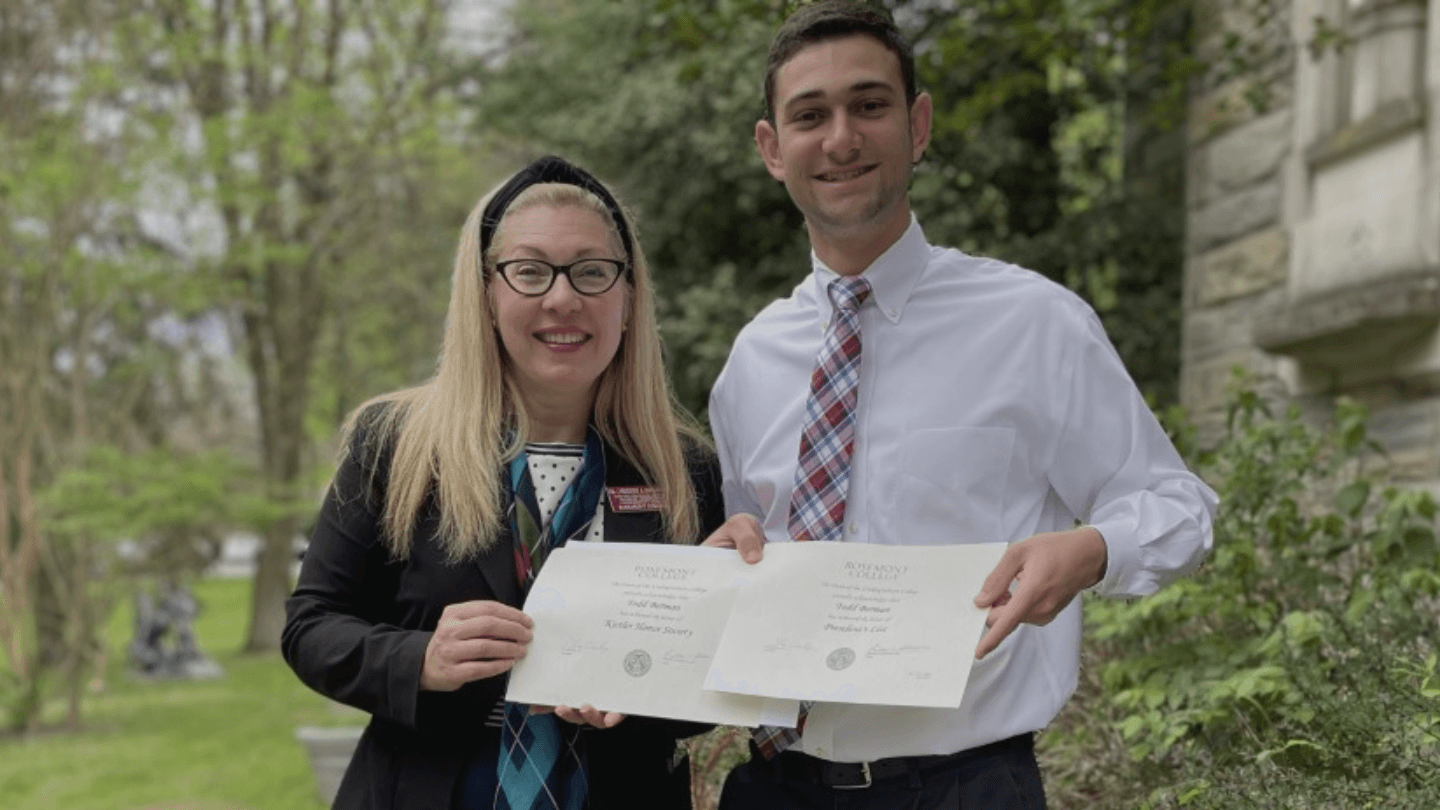Insights into Bank Closures
Filed in: Industry Updates, Knopman News, Working in Finance

Director Frank Capra’s seminal work, 1946’s “It’s a Wonderful Life” (starring Donna Reed and Jimmy Stewart as Mary and George Bailey) gave the greatest lesson on how banks and banking work in the U.S. A defining scene of the movie saw customers of George’s family building (savings) and loan, in a panic emblematic of the period just prior to the start of the Great Depression of the 1930s, engage in a “run on the bank,” a term used to describe when depositors seek to take their money out ahead of an impending financial crisis.
Mary and George, en route to their honeymoon destination with a pocket full of cash, witness the panic and in an impassioned plea, George was able to convince his customers to accept a smaller reserve amount (which he covered personally), preventing customers from the complete withdrawal of their funds:
“You’re thinking of this place all wrong, as if I had the money back in a safe,” George tells his frightened customers. “The money’s not here. Well, your money’s in Joe’s house. That’s right next to yours. And then the Kennedy house and Mrs. Macklin’s house and a hundred others. You’re lending them the money to build and then they’re going to pay it back to you as best they can.”
As George quelled fears and restored calm, faith, and trust in the depository banking system, he aptly and accurately described how banking works in this country. Banks are in the business of making money. The revenue banks derive comes from various places, including fee income derived from the sales of financial products, such as certificates of deposit, mutual funds, annuities, interest on loan portfolios, and investment activities.
The money you deposit in a bank does not get placed in a vault, hidden from view only to come out when you make a withdrawal. The money you deposit is put to work, allowing small businesses (the engine of U.S. employment, economic growth, financial freedom, and insperity) to flourish. Your money enriches lives, providing student loans to first generations of Americans pursuing higher education and ways for neglected communities to reclaim their heritage and aspire to the American Dream of life, liberty, and happiness.
But, keep in mind, the American banking system, and, for that matter, the global banking system, is far from infallible. We have seen in our and previous lifetimes massive fraud, mismanagement, and undue risk-taking which served as the root cause of such events as The Great Depression, the savings and loan crisis of the 1980s/1990s, and the Global Financial Crisis (2007-08). Banking failures, fraud, and misdeeds leading to the loss of faith and trust in this country’s financial system date as far back as 1819, when a panic led to the abolishment of the Second Bank of the United States and the doing away of a “national bank” system.
Why did SVB fail?
The failure of Silicon Valley Bank (SVB) of Santa Clara, CA, on March 10, 2023, marked the first significant bank failure in the U.S. since 2008. A rollback of regulatory provisions contained in the Dodd-Frank Act designed to provide additional oversight of small and medium-sized banks (those with at least $50 million in assets held) was amended and increased to $250 million. At the time of the change, SVB held $209 million in assets and became a beneficiary of the change in oversight requirements.
The markets responded negatively beginning the week of March 13, 2023, as markets do when sectors within the market face financial or regulatory difficulties that threaten other sectors of the market (The Dow 30 index of large company stocks fell 0.9% at the close of trading on Wednesday, March 15, 2023). Are the concerns of investors, bank customers, and the public at large legitimate? Certainly! Are they a harbinger of bad things to come? Not necessarily!
Federal banking regulators at the FDIC and Federal Reserve System, authorized by Treasury Secretary Janet Yellen, moved quickly to make SVB depositors whole and provide a “systematic risk” exception, a move to guarantee (assure) depositors associated with Signature Bank of New York with over $110 million in assets held. You can call it a bail out but really it is a helping hand necessary to maintain order and prevent a situation like what occurred during 2007-08 (where the term “Too Big to Fail” originated).
What’s next
Where we go from here is certainly anyone’s guess. One clear takeaway from the situation with SVB, Signature Bank, and the rapid response by the Feds to stem the flow of mistrust and shaken consumer confidence is that the system works as it is designed to work. Banks should not be discouraged from risk-taking which enhances lives and positively impacts communities.
Banks and other financial institutions, however, should be cognizant of the burden of responsibility they carry and take prudent actions to prevent widespread panic and any disruption to our economic growth and progress.
Written by Donald Parker
Don Parker brings 30 years of industry experience to his role as Faculty, Vice President at Knopman Marks, along with the resolve to compete in his first marathon in 2022. Parker joins Knopman Marks after working for several retail and insurance-affiliated broker-dealers, including Robert W. Baird & Co. and Northwestern Mutual Investment Services. He has also taught and written securities and insurance licensing courses for Keir Financial Education and A.D. Banker & Company.
Related posts
- Read more
Why Should I Take the SIE Exam in College?
In the era of asynchronous learning college students are turning to various self-study methods an
- Read more
SIE Scholarship Helps College Students Pursue Dream Careers in Finance
After Rosemont College senior Brandon Lam finished taking his SIE exam, he ran outside to the big
- Read more
Introducing How to Finance: A Beginner’s Guide to the Industry
One of our primary roles as educators is to bridge gaps in knowledge. Our newest course, How to F


